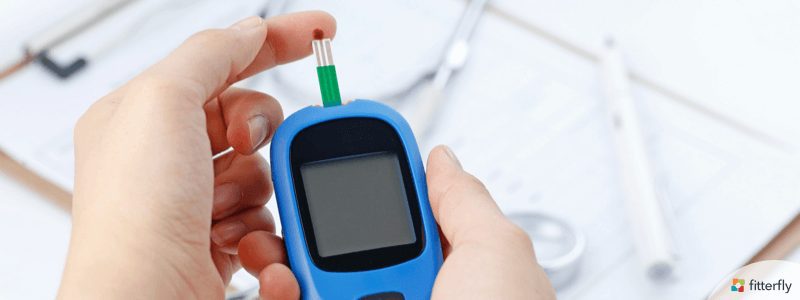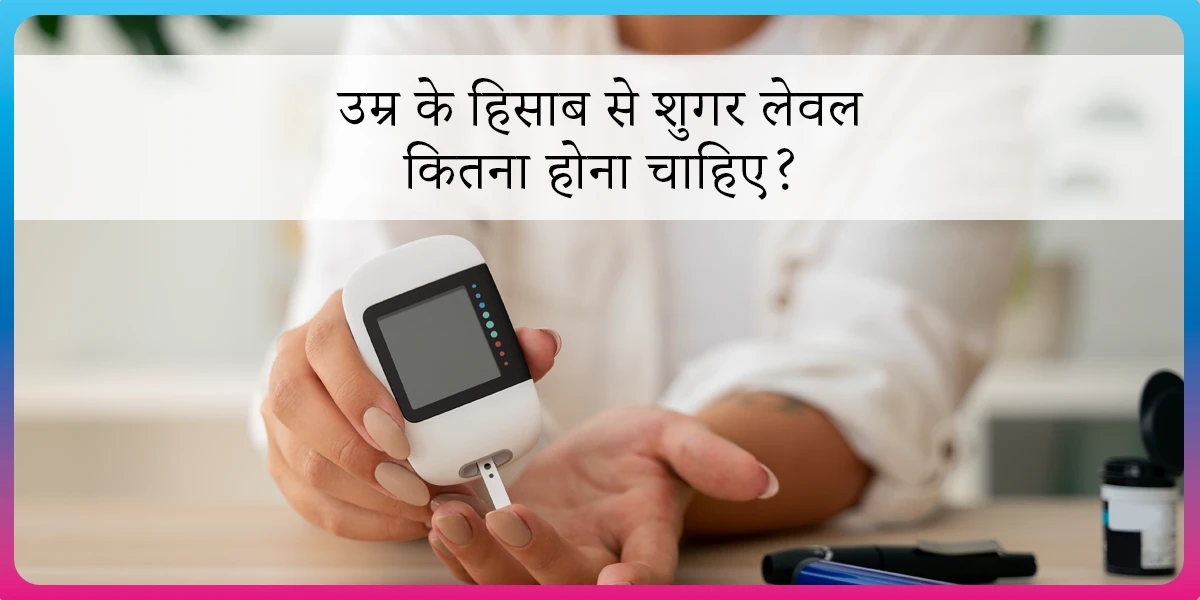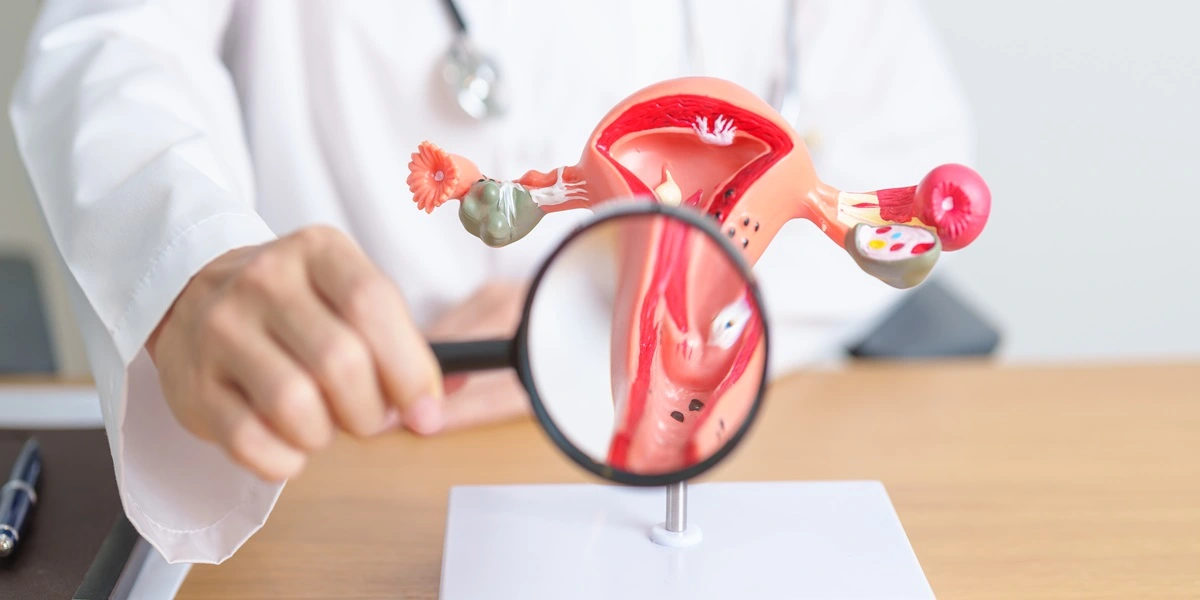Understanding Glycemic Shocks for Better Health and Preventing Prediabetes and Diabetes

This article has been written in collaboration and with inputs from Dr. Sanjay Kalra, renowned Endocrinologist and Ex-President of the Endocrine Society of India (ESI).
Blood glucose (or sugar) is tightly controlled between 70-140 mg/dl by the body’s various hormones. Failure to regulate leads to episodes of low blood sugars called hypoglycemia and blood sugars above 140 mg/dl called impaired glucose tolerance or hyperglycemia.
Every time the blood glucose (sugar) goes above the normal levels of 140 there are certain changes that happen in the body due to the high concentrations of glucose in the blood. The inner lining of the blood vessels called endothelium is the first one to suffer from the consequences of high blood sugar called endothelial toxicity. Since blood vessels are present in all the organs of the body, endothelial vascular damage occurs across all organs. While some of these changes are temporary, repeated episodes or the long-lasting rise of blood glucose can lead to cumulative organ damage.
Sudden fluctuations of blood sugars can lead to
- Mood swings
- Change in thoughts
- Fatigue, weakness
- Poor athletic performance
Long-term sustained rise in blood glucose can lead to serious tissue organ damage such as
- Macrovascular- Heart disease, Stroke, Peripheral artery disease (limb)
- Microvascular – Retina (retinopathy), Kidney (nephropathy), and nerve damage (neuropathy)
- Viscero-metabolic – Impaired cognition, early dementia, frozen shoulder, joint issues, early cataracts, cancers, and early or premature aging

Everyone has a different response to the rise in blood sugars – the so-called personalized glycemic response. We have earlier published our thoughts on Personalised Glycemic Response as the basis of managing diabetes and prediabetes. We believe that even in people without diabetes or people having prediabetes/ borderline diabetes – there may be episodes of high blood sugars related to certain foods – so-called glycemic shocks. These glycemic shocks may lead to subclinical or cumulative damage over the years leading to multiple health issues and aging. Glycemic shocks are not the same as hypoglycemic shocks which are seriously low levels of blood glucose leading to an emergency medical situation. The glycemic shocks we are alluding to here are spikes in the blood glucose which may be mostly sub-clinical and lead to long-term damage when they occur frequently.
Often people do not know how their blood glucose levels are fluctuating on a day-to-day basis or which foods are responsible for triggering a high glycemic response (rise in blood glucose post-consumption).
The only way to find out about these episodes is by:
- Collecting data of your Blood sugars by using a CGMS device as used in the Diabefly program
- Correlating it with your food diary and nutritional intake such as by the Fitterfly Wellness App
Using this powerful technology, one can find out foods that lead to a ‘Glycemic Shock’ to one’s body. With the help of these innovative technologies and personalized coaching, one can then plan a suitable nutrition plan to prevent such glycemic shocks. We believe that these scientific advances can help one to prevent long-term consequences such as organ damage as well as slow down aging.
Understanding your personalized glycemic response is the best way to overcome the glycemic shocks, here are some simple tips for decreasing glycemic shocks in your day to day life:
- Change in choice of food groups- such as eating fewer carbohydrates and adding more protein (you can use the Fitterfly Wellness App for free to check your carbohydrates and protein intake on a daily basis)
- Modification within the same food group – whole wheat grains instead of processed flours such as maida. Processed foods have a higher glycemic index and would have a higher chance of a glycemic shock to the body.
- Change in the order of eating – legumes or salads before rice/ roti, and avoiding intake of fruits with meals. Legumes or salads would add fiber to the meal and delay the absorption of carbohydrates. This decreases the chances of glycemic shocks to the body.
To conclude, we all are responsible for our own health. The old adage- ‘health is wealth’ has never been truer than in 2020. Choosing the right foods for maintaining blood glucose within normal ranges is an important aspect of staying healthy and fit now and till your 70s.
Stay healthy and free of glycemic shocks in 2021.
To know more about our Diabefly program, click www.fitterfly.com/diabefly or call us at +91-22-48971077
This blog provides general information for educational and informational purposes only and shouldn't be seen as professional advice.


 References
References









